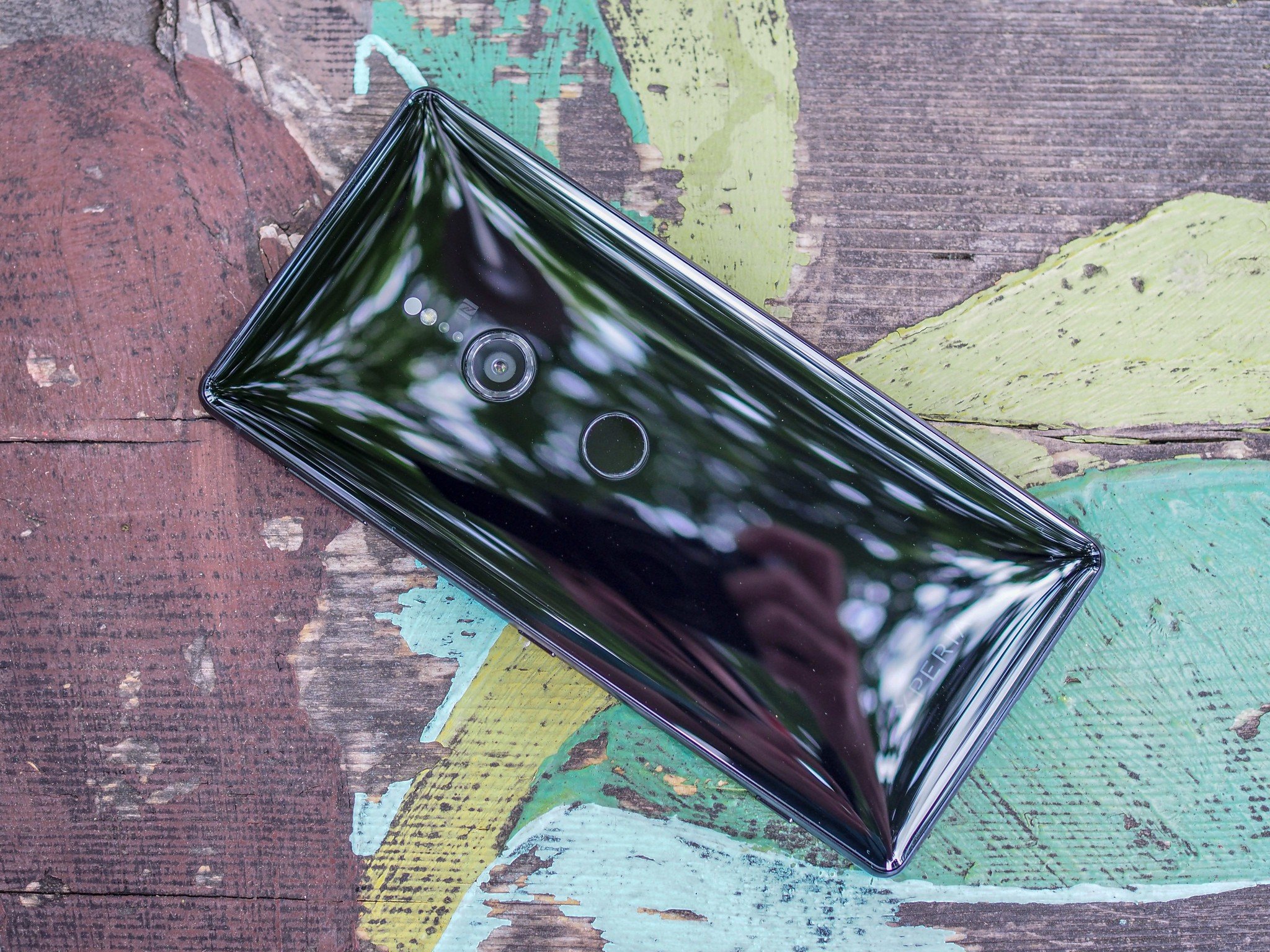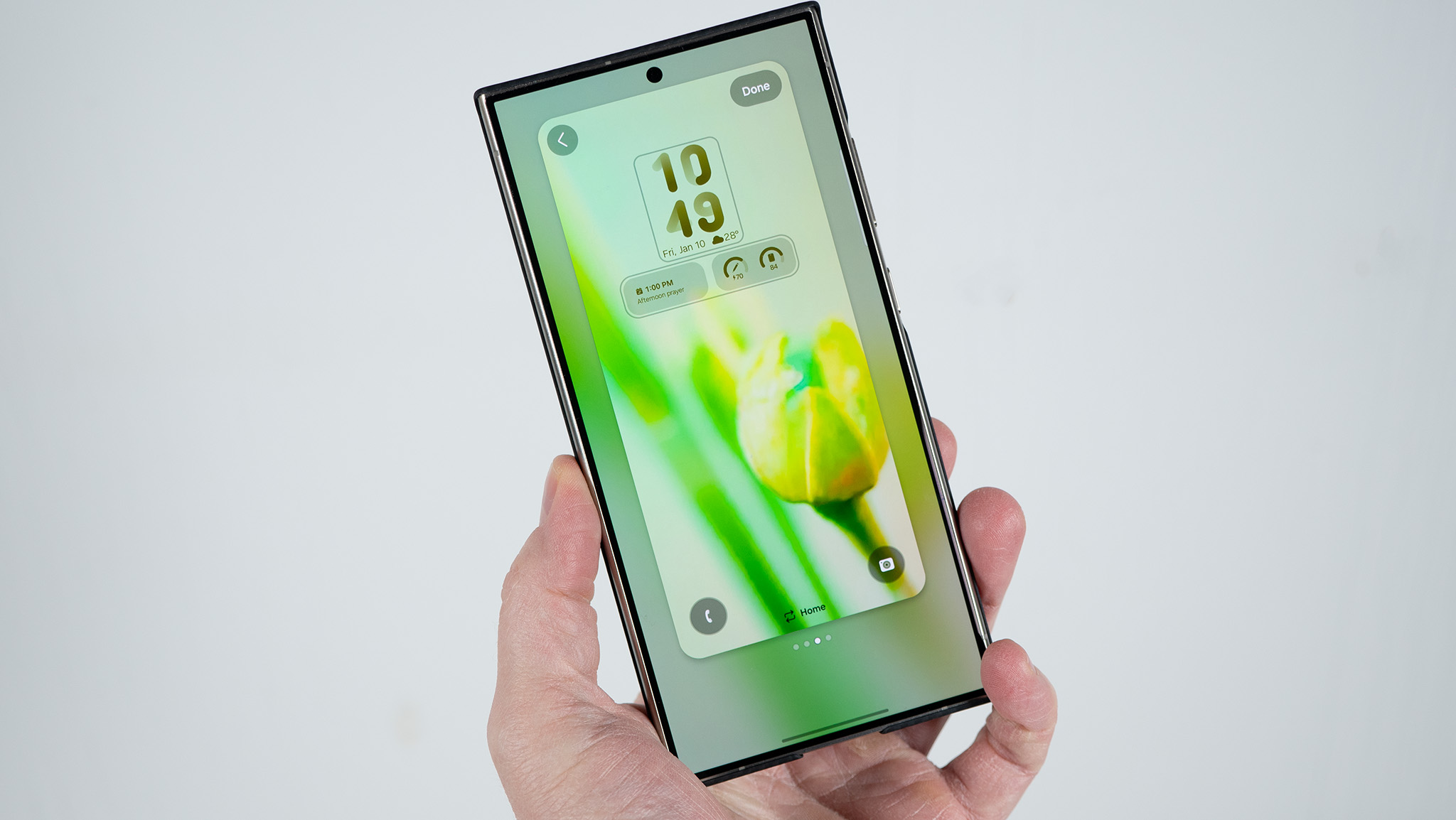Android Central Verdict
Price: $699 on promotion ($799 MSRP)Bottom line: Sony has made a beautiful phone that fails to stand out in a very crowded smartphone market. Even at $699 unlocked, it doesn't offer great value.
Pros
- +
Excellent performance
- +
Sony's software impresses
- +
Lovely design and solid all-glass construction
- +
Camera takes great photos, even in low light, and dedicated shutter button is so, so useful
- +
Sony's Dynamic Vibration Engine is super cool
Cons
- -
Sony's camera app feels slow and dated
- -
Lacks software niceties like face unlock and fingerprint gestures
- -
Phone is incredibly, disastrously slippery
- -
Not available at U.S. carriers & no Verizon/Sprint support
- -
It's very thick and heavy
Why you can trust Android Central
It started not with a whimper but a bang. My first Xperia XZ2 unit had issues. So did a second. They were pre-production models, as many review units were, but I held off reviewing the phone until I knew I was using the same hardware and software that would ship to consumers.
I may not insist on that same handicap for other models, but the Xperia XZ2, like all Sony phones, needs a booster. They're at an inherent disadvantage — one of Sony's own making, mind you — because of lean distribution and, until recently, hardware limitations.
So when the Xperia XZ2 went on sale in April for $799, I knew I had to wait. The early adopters would pick it up anyway, but the masses, unsure what to do in a market awash in competitive devices, would likely sit. And wait.
Wait for the early bugs to be fixed. Wait for the inevitable price drop.
And now, in mid-June, we have our first major price drop, to $699 USD, along with a couple important bug fixes. Do these things make the Xperia XZ2 worthy of your time? And does it stand out in a very crowded market?
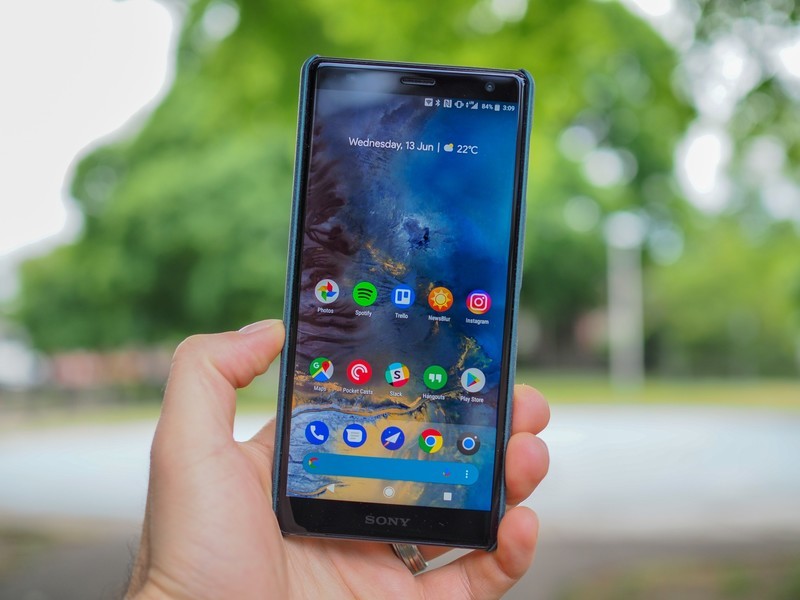
Sony Xperia XZ2 What's great
| Category | Xperia XZ2 |
|---|---|
| Operating System | Android 8.0 Oreo |
| Display | 5.7-inch LCD, 2160x1080Gorilla Glass 518:9 aspect ratio |
| Processor | Snapdragon 845 64-bitAdreno 630 |
| Expandable | microSD up to 400GB |
| RAM | 4GB |
| Rear Camera | 19MP Exmor RS, hybrid AF960FPS FHD slow-mo, 4K HDR video |
| Front Camera | 5MP f/2.2 23mm wide-angle |
| Connectivity | Wi-Fi 802.11ac, Bluetooth 5.0 + LE , NFC, USB 3.1, GPS |
| Battery | 3180mAh |
| Charging | USB-CQuick Charge 3.0Qnovo Adaptive ChargingQi wireless charging |
| Sound | Stereo S-Force front speakers |
| Water resistance | IP68 |
| Security | Rear fingerprint sensor |
| Dimensions | 153 x 72 x 11.1mm |
| Weight | 198 g |
| Network | 1.2Gbps (Cat18 LTE) |
| Colors | Liquid Black, Liquid Silver, Deep Green, Ash Pink |
| Price | $699 (at publishing) |
The Xperia XZ2, like the smaller XZ2 Compact (which I love), feels much more modern and inviting than its Z, X, or XZ predecessors (my goodness Sony has made a lot of phones in the past few years). The gentle curvature of the glass somewhat obscures a fairly stout frame, but it lends the phone an organic warmth that I really enjoy looking at.
Sony's always emphasized symmetry, sometimes to its detriment, but in a sea of notched and off-kilter smartphones, this one stands out as being deliberately even.
The 1080p display is elongated to a 2:1 aspect ratio, and while the panel won't win awards for fidelity, it hits the high marks of a flagship, including HDR10 support (on Netflix and Amazon Prime), and an array of color gamut tweaks to suit everyone's tastes.
The screen is bordered by slight, but very present, bezels, affording Sony the opportunity to improve its already-great S-Force stereo speakers. These speakers are incredible; they're loud and full for a smartphone, and don't distort at high volumes. They're exactly the kind of showcase one expects for a phone that promotes entertainment.
Sony's audio prowess extends to the headphone-wearing crowd, too. Despite lacking a headphone jack, Sony's audio settings are plentiful and diverse, with an array of manual equalizer options (including virtual surround sound options of dubious merit) that do make a difference.
While few are going to understand the differences between DSEE HX and ClearAudio+ — enabling one cancels out the other — anyone with a pair of wired or wireless headphones is going to get superb audio quality from this phone.
That Sony emphasizes marketing nonsense over actual hardware virtues — DSEE HX, which upconverts low-quality music streams to high-quality, is less enticing to me than a clean DAC and ultra-powerful amplifier, both of which are present here — is to its detriment, but the good news is that, absent headphone jack aside, this is an audiophile-friendly handset.
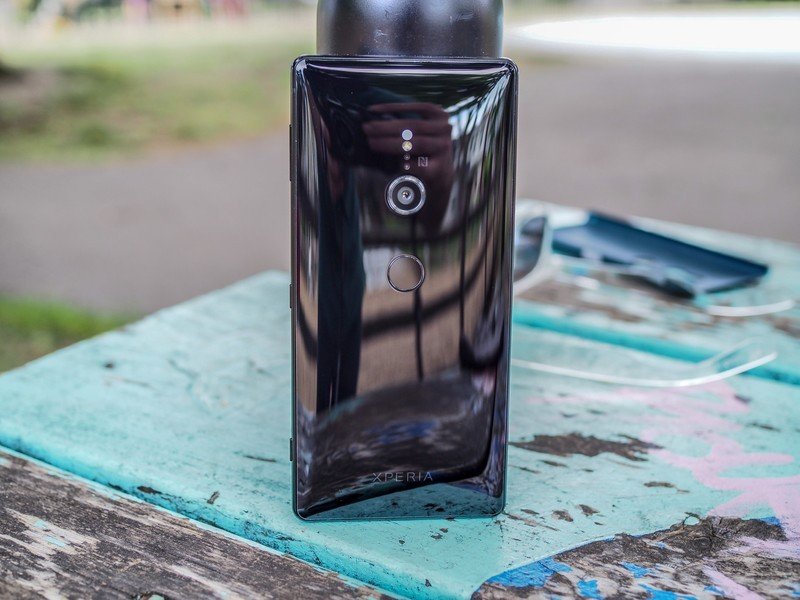
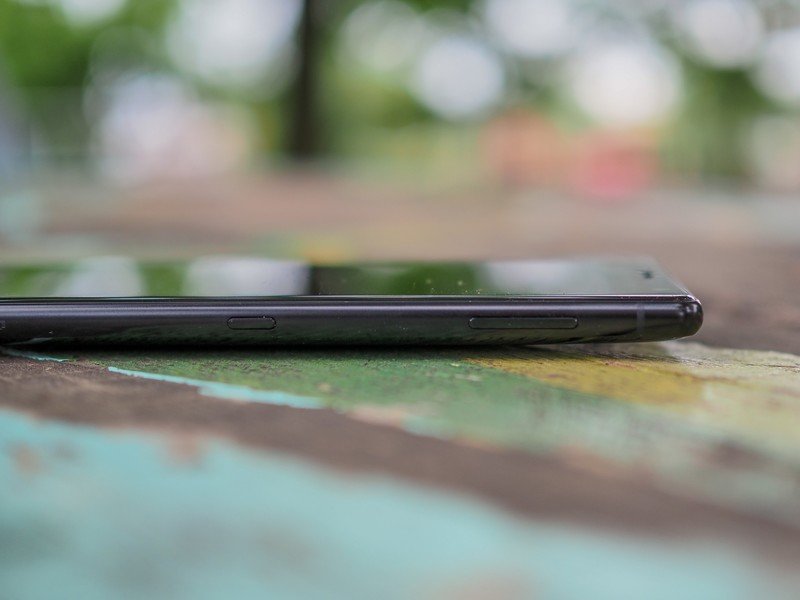
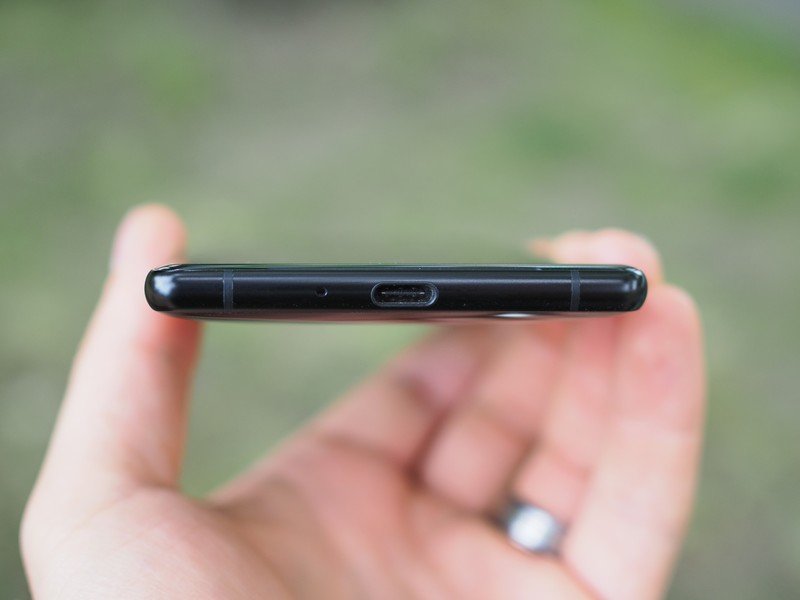
I'm also a big fan — and I seem to be largely alone here — of Sony's Dynamic Vibration Engine, the super-powerful haptic motor that pulses along to music, movies, and any other sound-producing content.
Sony's figured out that people want vibration motors that aren't just strong but accurate; this one is both.
It's not something I use all the time, but I tend to leave it on, especially if I'm cupping the phone in my hand to watch a movie trailer or Netflix show. Sure, it's less effective when paired with a low-key sitcom than a pulse-pounding episode of Luke Cage, but I'd rather have the option to turn it off than not have it at all.
Over the last few years, I've become increasingly sensitive to poor, sloppy phone haptics, and I'm delighted companies like Sony and LG are pushing the market into Apple-like territory. But just because a vibration motor is powerful doesn't necessarily mean it's agile, and thankfully this one is both, offering light, accurate touches when typing or receiving a notification.
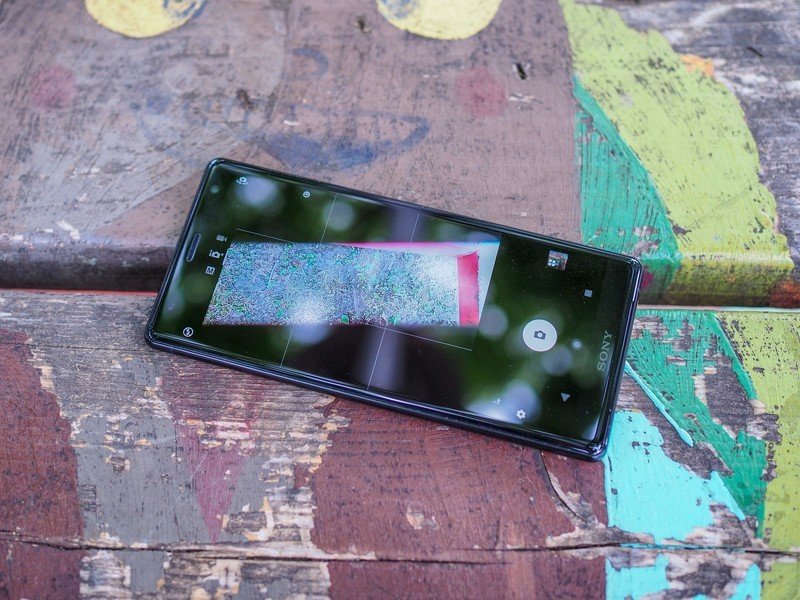
The camera story is, like the phone's design, all about evolution. We have the same 19MP 1/2.3" IMX400 the company's been using for two years now — 1.22-micron pixels, ƒ/2.0 wider-than-normal lens — but the output is dramatically different thanks to a few good decisions by Sony.
First, the phone no longer uses its own processing engine, deferring instead to Qualcomm's excellent image signal processor inside the Snapdragon 845. Sony's also making it easier to capture a great shot, using its dedicated camera memory and fast processor to capture a burst of photos every time the shutter is pressed. When movement is detected, the gallery will offer a selection of four photos to choose from, and I usually found at least one good one in the bunch.
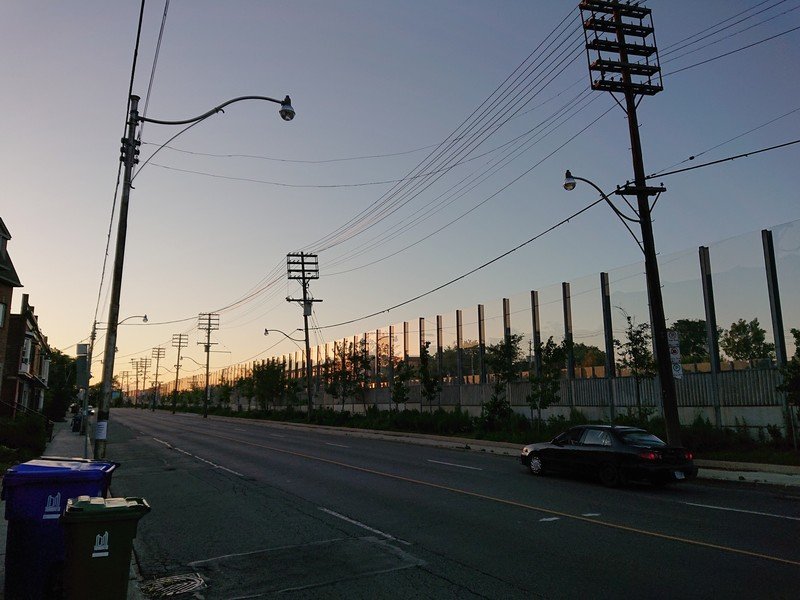

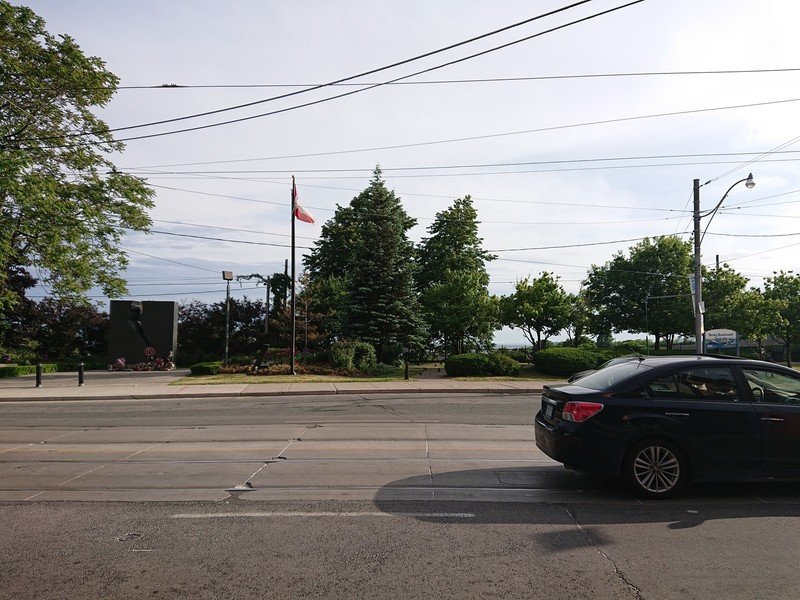
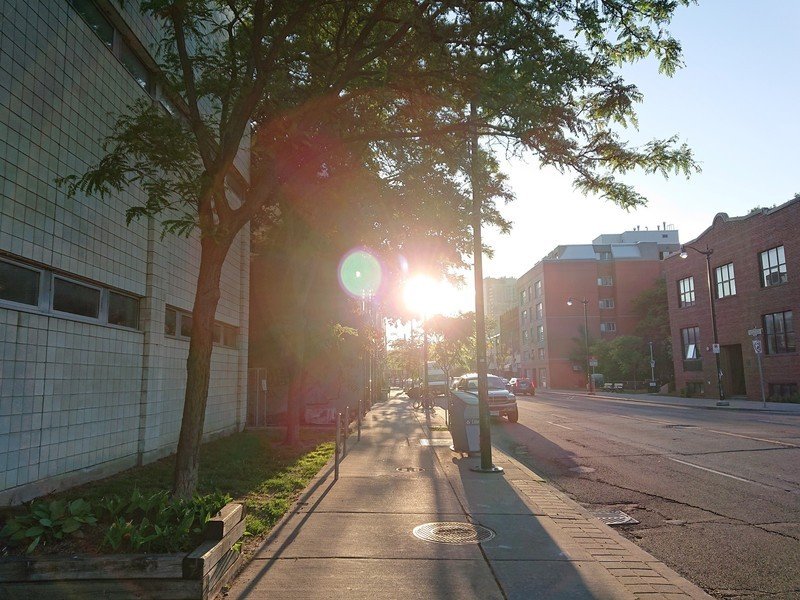

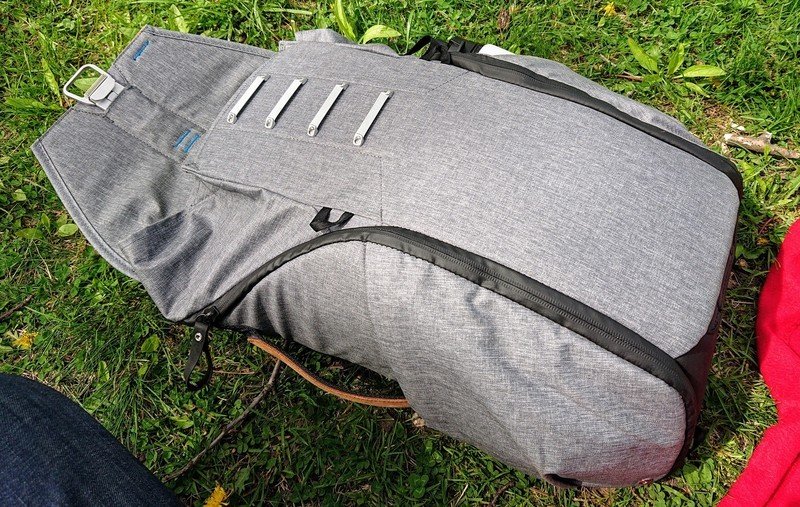


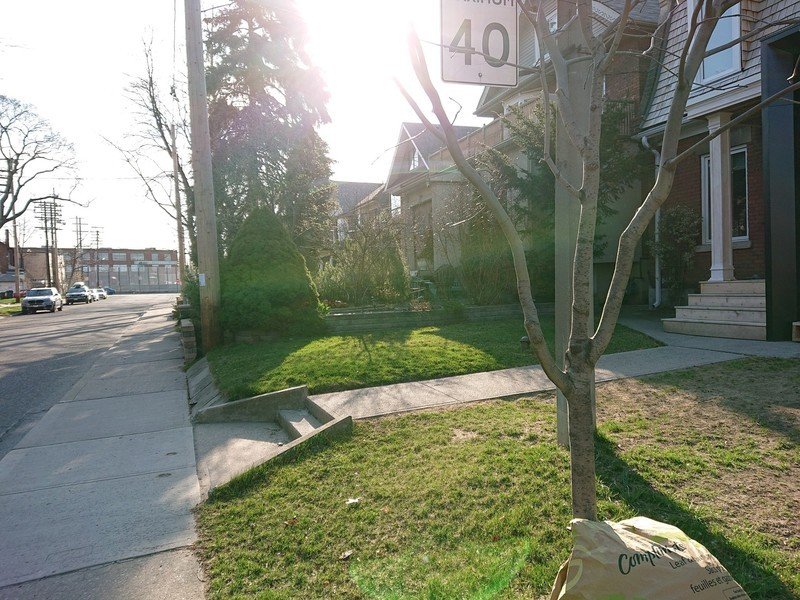

The change works, though it's not a slam dunk. The robust manual mode tends to offer a better "auto" shooting experience than Sony's well-worn Superior Auto, which identifies the dominant theme of a particular scene (Backlight, Macro, Landscape, Document, Action) and adjusts accordingly. The phone makes smart decisions most of the time, but not every time, particularly in scenes with blown-out areas that require HDR, something Superior Auto is reluctant to apply.
It's not necessarily that the hardware is outmatched — the 1/2.3" sensor is larger than every phone camera on the market save the Huawei P20 Pro, though the ƒ/2.0 lens is somewhat a limiting factor and there's no OIS — but that Sony's camera app makes poor exposure decisions. Resulting photos are punchy and colorful but often darker than they need to be.
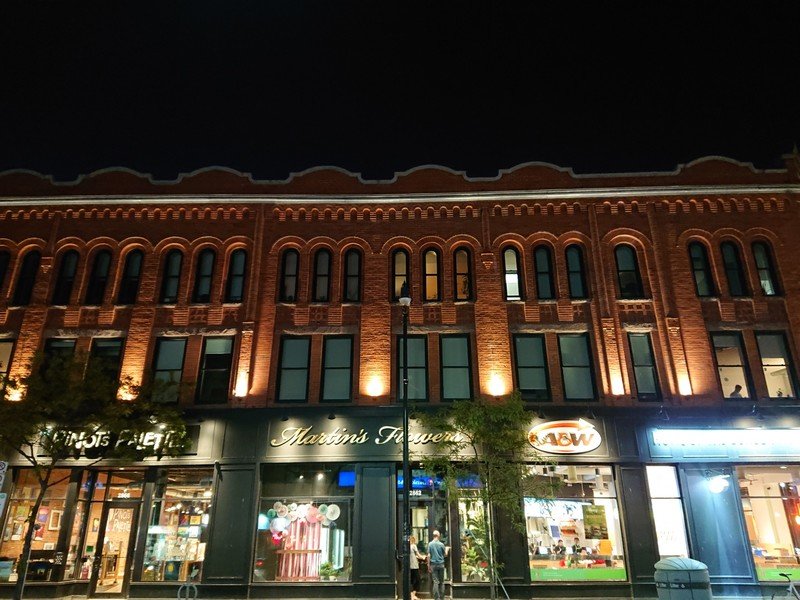
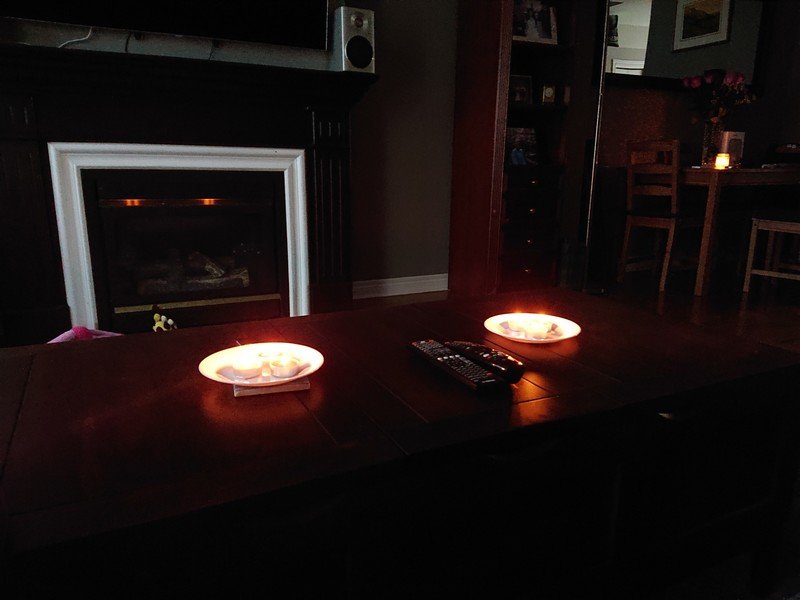
In low-light situations, the Xperia XZ2 fares well, but is again outclassed by competitors like the Pixel 2 and P20 Pro. So why is this in the "What I like" column? Because in previous years, Sony wouldn't even be in the low-light conversation; now the XZ2 at least holds its own. I need to trust the camera in my pocket to give me a usable shot in almost any condition, and the Xperia XZ2 offers that.
Analyzing a low-light shot
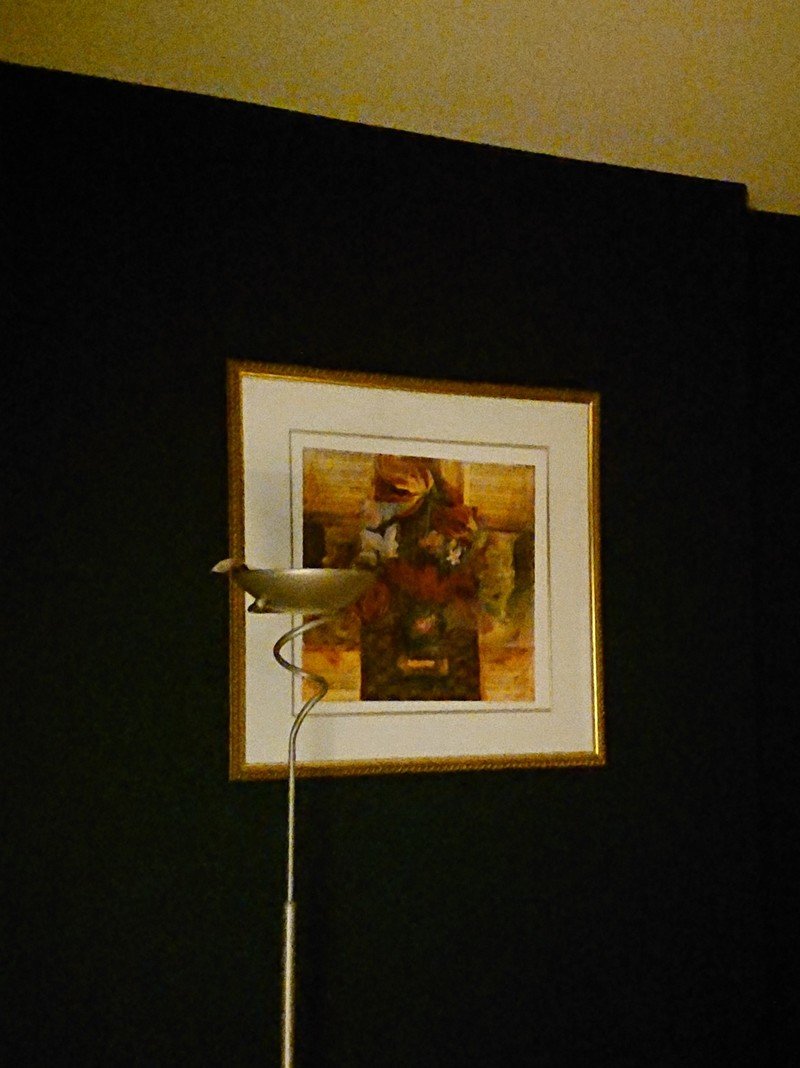
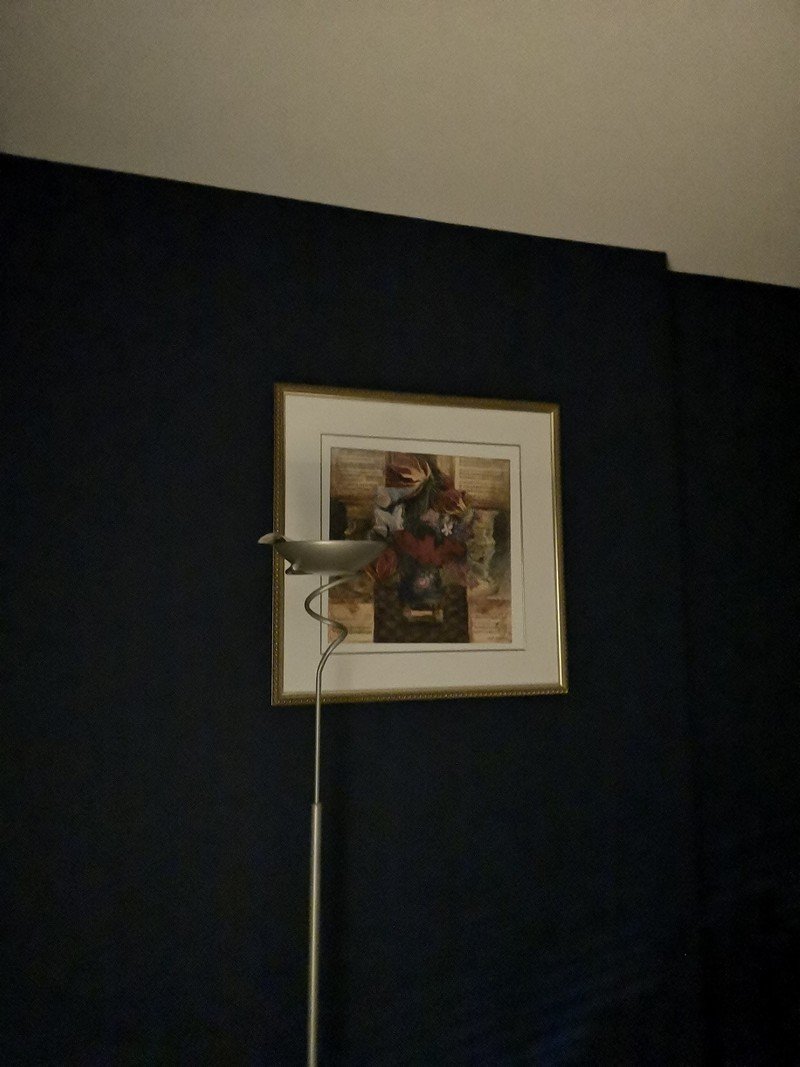
In the direst and darkest of conditions, the XZ2 performs well against what is arguably the most capable low-light camera on the market, the Huawei P20 Pro. I took this photo in near pitch-dark, and the XZ2 ramped up ISO to 12,800 with a shutter speed of 1/8, eking a fair amount of color and quite a bit of detail. The P20 Pro, on the other hand, takes things to ISO 25,600, but at a shutter speed of 1/10.

The P20 Pro is much less noisy despite an ISO twice as high, and it resolves considerably more detail, but the XZ2 excels, too. It also proves that, under the right conditions and with some patience, the Xperia XZ2 can be a consummate camera in low-light situations.
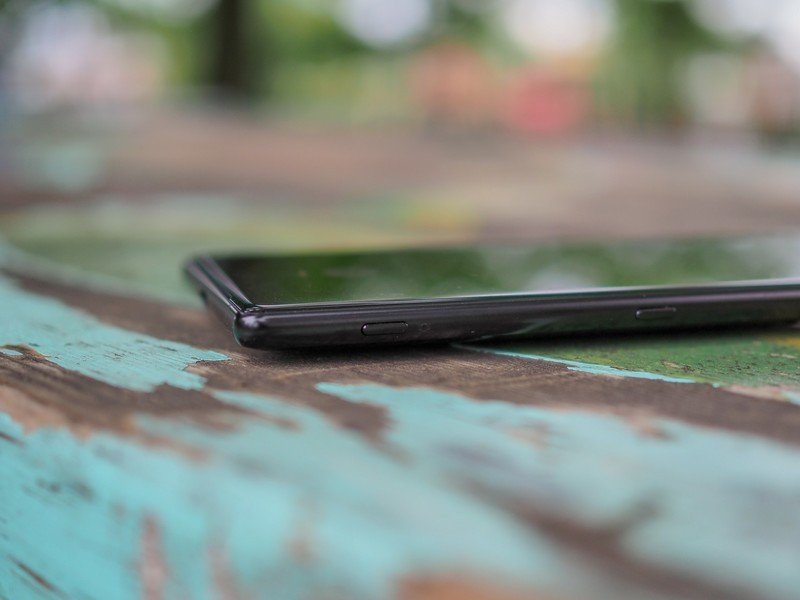
That confidence extends to the photo- and video-taking process, too. I love Sony's retention of the physical shutter button, and prefer it in almost every shooting scenario. Being able to quickly remove the XZ2 from my pocket with my finger already on the shutter key, camera app at the ready, is a user experience I miss dreadfully when I move on from Sony phones.
One of the smoothest Android phones out there, period. Sony knows its way around software optimization.
Similarly, I trust the speed and performance of the XZ2 in general. Other than a few blips, the Snapdragon 845 and 4GB RAM combo proved rock solid in my two weeks testing it, and the 64GB of storage proved ample. The 3,180mAh battery may seem small compared to others in its class, but Sony has always managed to pull off feats of pure magic when it comes to uptime, and that's no different here.
I don't recall a single day using the phone that it dropped below 30% before I went to sleep, and most days I managed to stay above 50%. Sony doesn't seem to be doing anything too fancy here, either — no Huawei-style app shaming — but whatever it's doing, it's working.
Finally, in the plus column, call quality was excellent and cellular speeds were similarly delicious — Sony worked with Bell in Canada to optimize the XZ2 for gigabit speeds, and it shows. I was regularly able to hit speeds above 200Mbps on Bell's network.
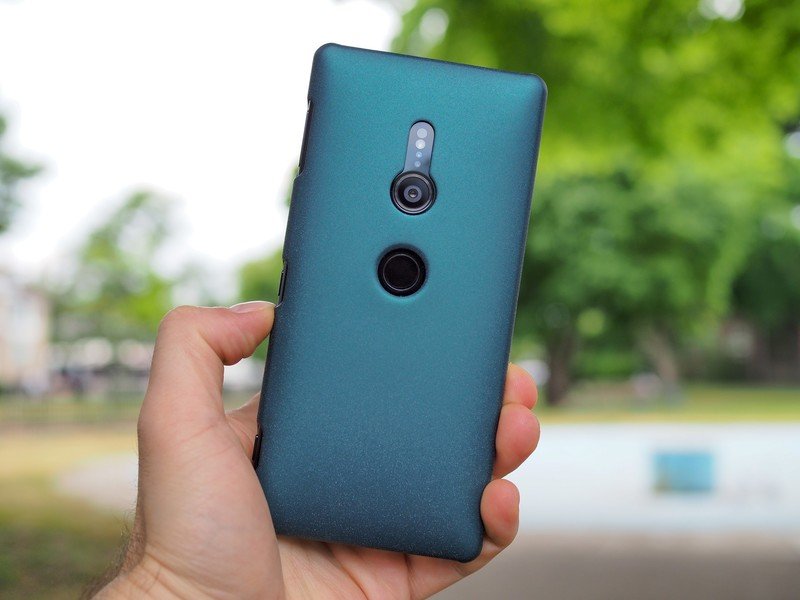
Sony Xperia XZ2 What needs work
There isn't a tremendous amount to complain about with the Xperia XZ2, but for all of the company's design prowess, the Xperia lacks a couple of major amenities that I've grown accustomed to having on similarly-priced (and cheaper) hardware. Yes, there's wireless charging and waterproofing, but the phone lacks face unlock, and the fingerprint sensor doesn't support navigation gestures. That's especially frustrating because the fingerprint sensor itself is way too low — in fact, the camera is where you'd expect the fingerprint sensor to be. Awkward.
It's also quite bulky, at over 11mm thick and 198 grams, which is reassuring from a quality perspective but onerous from a usability standpoint.
A few other frustrations muck up the experience, like disastrous rotation detection, which puts the phone in the wrong orientation literally every time it's placed on a surface. I've never wanted to throw my phone so often than when encountering this bug — I ended up turning off auto-rotate entirely.
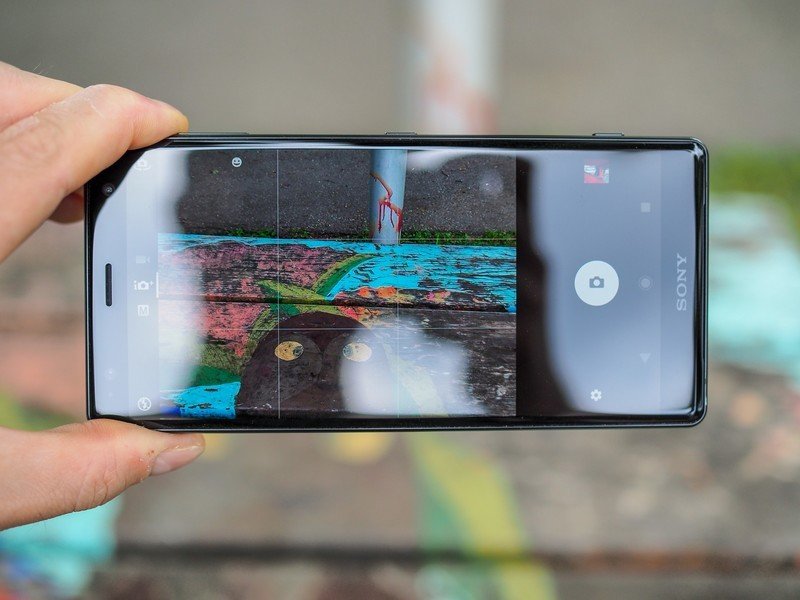
Worse is the camera's complete inability to perform touch-exposure. This has a very obvious effect on photo output, as you have to "trust" the phone to pick the correct lighting values for a particular scene. Unfortunately, the phone is quite dumb, at least in this respect.
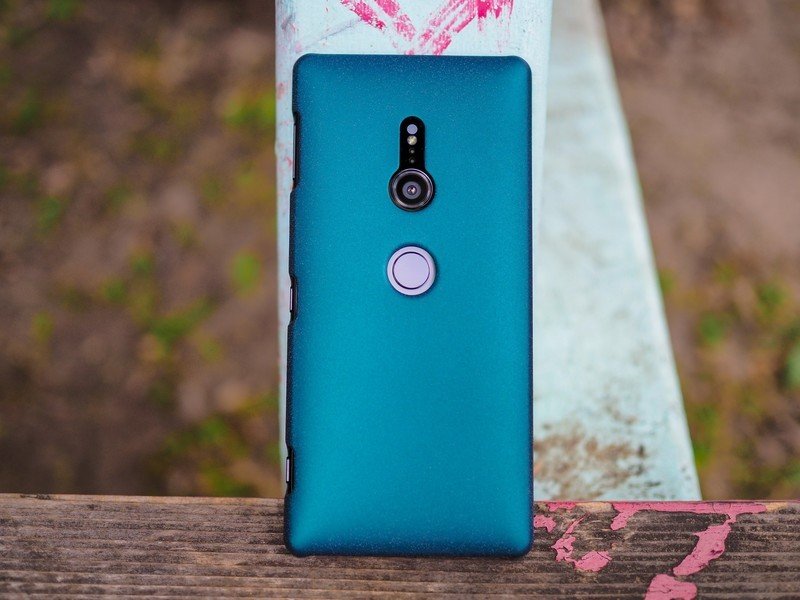
Let me give you an example: I'm in a relatively dark room with a bright light source — a window, or a bright lamp — and want to take a photo of something in the room. On practically every other phone, you can tap in the darker area to force the scene to re-expose, blowing out the ultra-bright area (so they go white) and leaving the rest of the scene looking properly lit.
With the Xperia XZ2, that's not possible, not even in manual mode (exasperatingly, there are five metering options, including touch metering, but none of them work at all). On a phone with aggressive HDR, this wouldn't be a problem, but the XZ2's HDR mode is too subtle when it's on, and there's no force-HDR mode in Superior Auto.
Finally, the phone is incredibly slippery. I have great reflexes, so I was able to catch it mid-air when, cradling it in my neck during a phone call, it vaseline-jumped from the crook of my neck. Disaster averted, but I immediately ordered a case, and it's like using a different phone entirely.
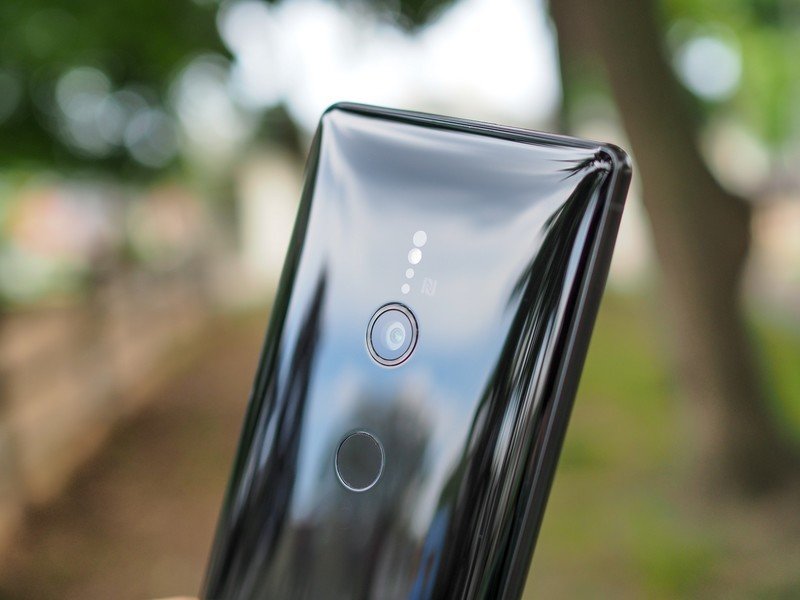
Sony Xperia XZ2 Should you buy it?
There are many, many good Android phones on the market right now. The Sony Xperia XZ2 is a very good phone, but it's not even close to being the best one you can buy. It's too thick and heavy, and despite a very attractive design, the minor distractions contribute to marring the whole experience.
Sony's focus on entertainment continues to be its strength; from a superlative display to incredible sound and a unique, gratifying vibration motor, there's plenty to like from a consumption perspective. Moreover, Sony's come a long way with its camera, though it's one or two software updates away from really competing with the Samsungs and Huaweis of the world.
There's also the question of Stateside availability. Unlike its smaller XZ2 Compact counterpart, the XZ2 doesn't work on Verizon, which significantly limits its attractiveness to the U.S. market. That means it's just AT&T and T-Mobile — something OnePlus 6 owners have to contend with, but there's a major price delta between the two phones. (In Canada, the phone is sold by Bell and Freedom Mobile, but thanks to Canada's recent rule change, it's unlocked out of the box and will work on every national carrier.)
Then it comes down to competitors: at $699 (which is a promotional price), the Xperia XZ2 offers a decent value proposition. At $799, it's not worth your time, especially with devices like the Galaxy S9 and LG G7 in the same ballpark, and the OnePlus 6 eating its lunch at $529.
3.5 out of 5
The Xperia XZ2 is Sony's best flagship ever, but as much effort as the company has spent catching up to the competition, it still feels a year behind.
Daniel Bader was a former Android Central Editor-in-Chief and Executive Editor for iMore and Windows Central.
